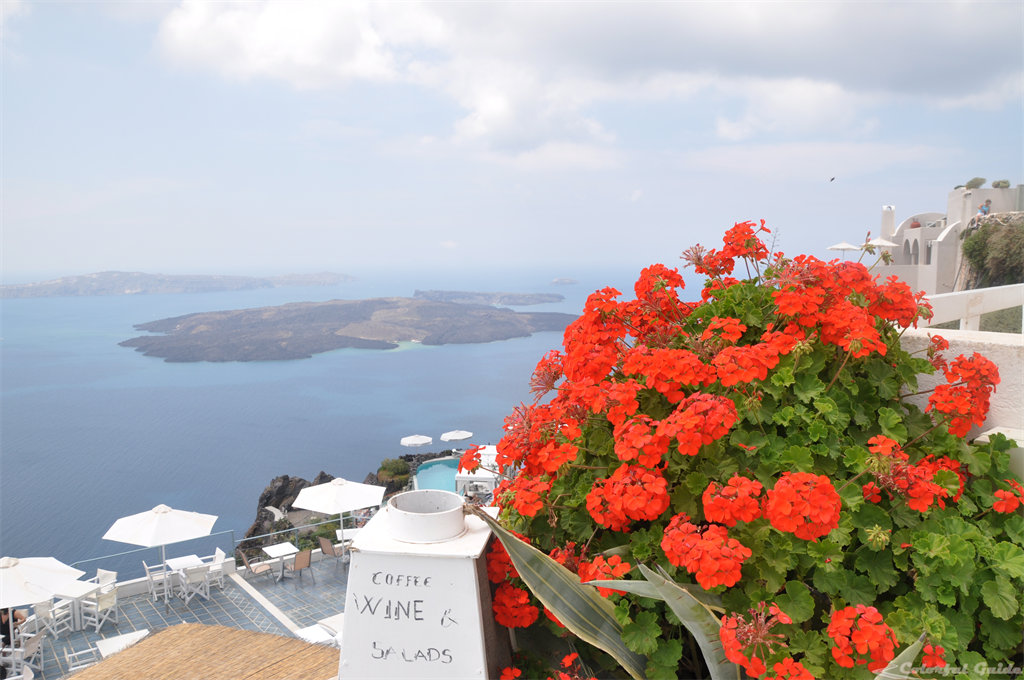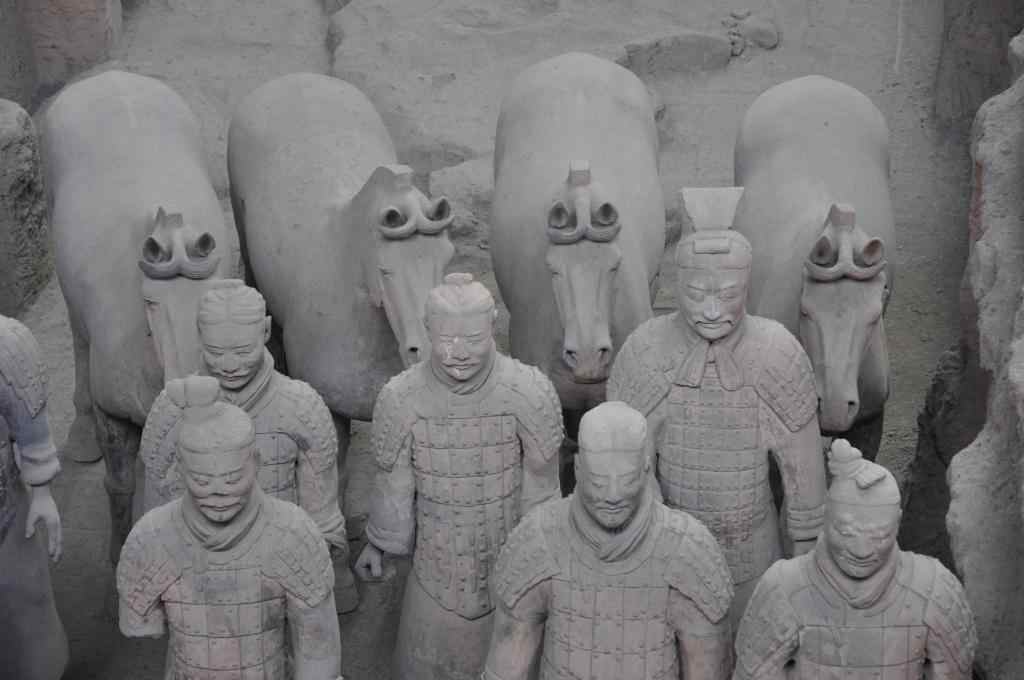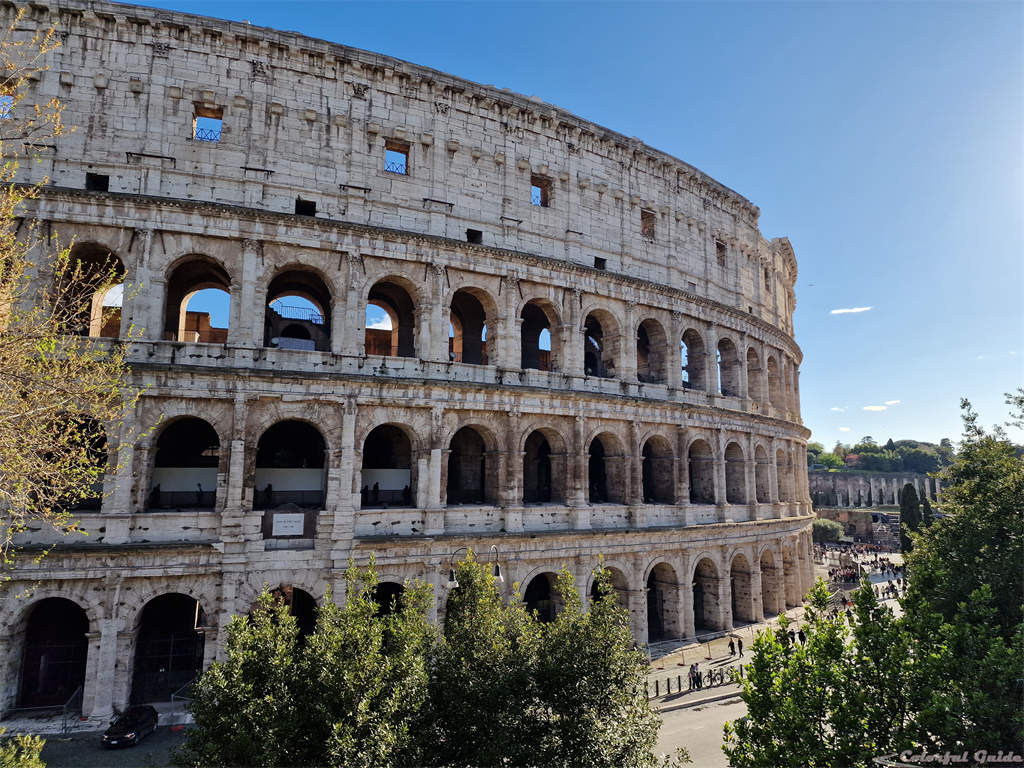The article helps the travellers discover three little towns on the Monti Prenestini, far from the main tourist routes around Rome.
Monti Prenestini
Monte Guadagnolo
The Apennines are the main mountain range that crosses Italy from north to south. In Lazio, the mountains approach Rome, even touching the municipalities bordering the capital. In the surroundings of Rome there are therefore many small chains that belong to the Apennines, such as the Tiburtini, Lucretili, Ruffi and Prenestini mountains.

The Tiburtini mountains are the most famous because they include the beautiful city of Tivoli. A little further south, the Prenestini mountains exceed 1,200 meters in height. The most important and the tallest peak of the Prenestini mountains is Mount Guadagnolo. The top of Mount Guadagnolo can be reached with a simple paved road that leads to the tiny village of Guadagnolo, which has just 56 inhabitants and is the highest village in Lazio. From here, travelers can enjoy a splendid view of the valley and explore the ancient sanctuary of Mentorella.

Along the western slope of Mount Guadagnolo there are three little villages that are little known because they are off the main tourist routes. San Gregorio da Sassola, Casape and Poli are not far from Rome, but they are not as easy to reach as the nearby towns of the Castelli Romani, famous for their wines and historic villas.
Three Small Towns
It’s interesting to visit these small towns to see how local people live in Lazio. Starting from Rome Termini, it takes around 50 minutes to arrive in San Gregorio da Sassola by car, and the distance is 41 km.
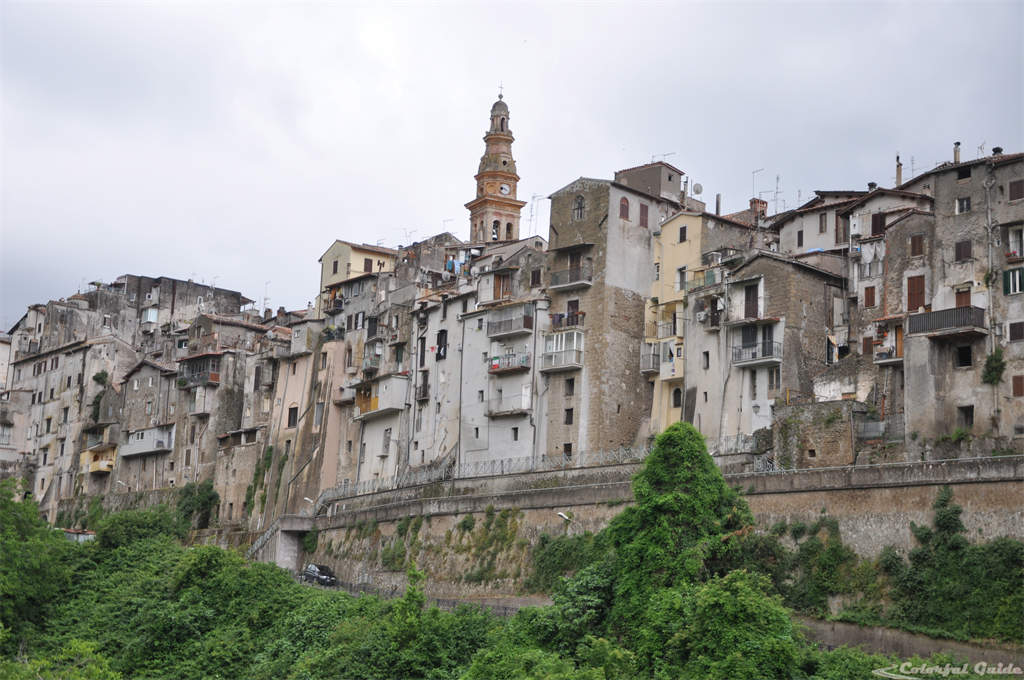
It’s a road trip that combines nature and city experiences. The panoramic view of San Gregorio da Sassola is truly captivating. What’s intriguing is that the town looks different from various angles due to its irregular shape. The people living in the town are relaxed and friendly; it’s a pleasant place to stroll peacefully.
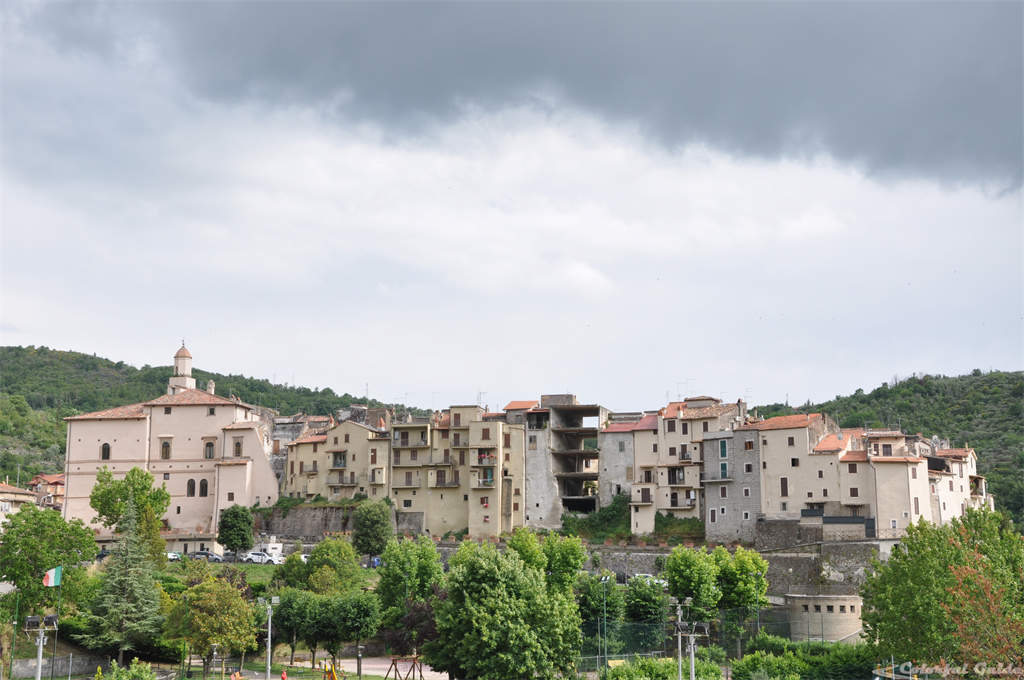
We visited the area when we were looking for places not frequented by tourists, in the months following the COVID-19 lockdown. When we stopped to photograph the panorama of the city of San Gregorio da Sassola, I heard someone called “Enrico”.
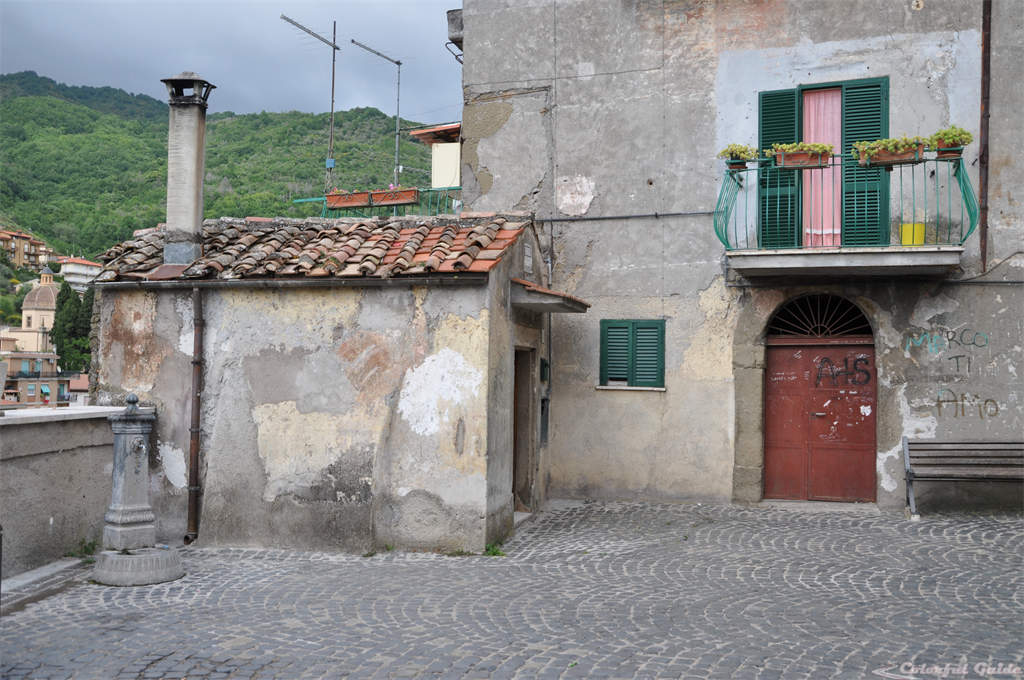
An old woman called my name from the balcony of her house, which was located on the side of the road. Amazed, I replied. When the old woman saw me, we cleared up the misunderstanding. Her nephew shares my name and drives the same car as us. So, the lady thought that the nephew she was expecting had arrived. However, under her house, there was an unsuspecting tourist and many coincidences.
San Gregorio Da Sassola
The Origins
The town takes its name “Gregorio” from Pope Gregorio I, also called Gregorio Magno (Gregory the Great), who owned many lands in these areas. Gregory the Great assumed the papal throne for only fourteen years, from 590 to 604, but he played a significant role in spreading and consolidating Christianity. Both the Catholic and Orthodox Churches venerate Gregory the Great as a saint.

During the unification of Italy in 1861, numerous Italian cities were named San Gregorio. To distinguish itself from these other cities, the village in the Prenestini mountains added the epithet “da Sassola”. In fact, historians thought that the ancient city of Saxula stood here.
Saxula In The History
An Italic tribe, known as the Aequi, founded Saxula in antiquity. According to the Roman historian Titus Livius (Tito Livio in Italian), the Aequi occupied a vast area spanning between Lazio and Abruzzo. Here, they clashed with the city of Rome until the Romans subjugated the Aequi approximately 300 years before the birth of Jesus.
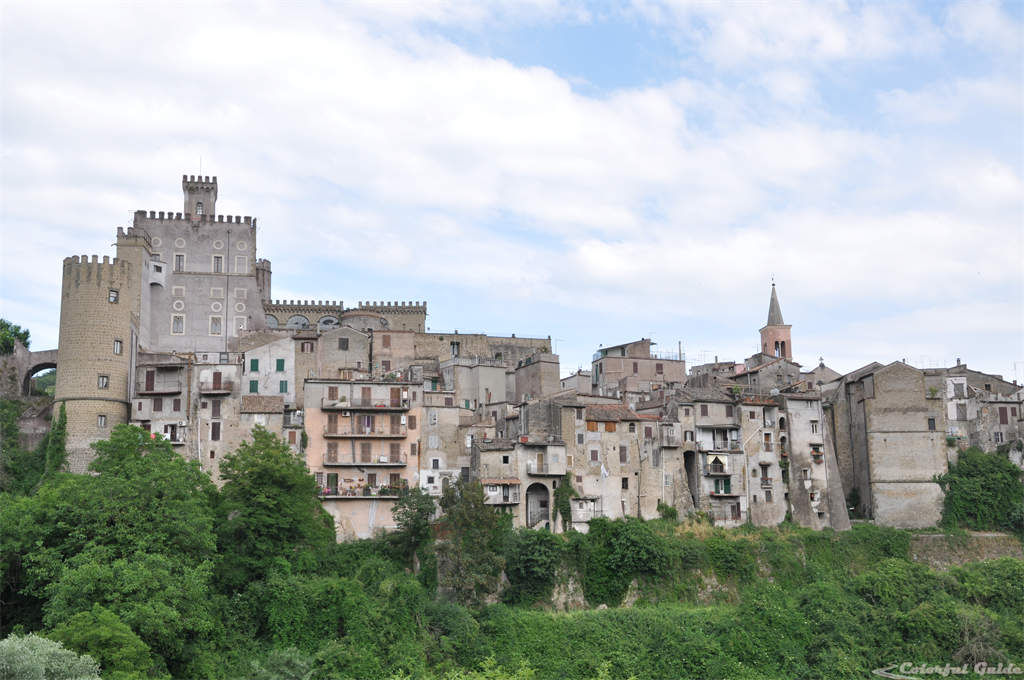
Before Titus Livius, the Greek traveler and historian Herodotus described the legendary founding of Saxula. According to Herodotus, Catillo II founded Saxula about 1,000 years before the birth of Jesus. Catillo II was the third son of Catillo I, a nobleman who decided to move to Lazio from the Greek city of Argos.
Saxula In The Myth
In mythology, Catillo II founded Saxula in honor of the hero Hercules to celebrate the tenth of his twelve labors. The tenth labor involved Hercules stealing the oxen of Geryon, a giant with three heads who resided in present-day Spain. The hero managed to steal the oxen, but Geryon attacked him along with an army while Hercules returned to Italy. To defend himself from the army, the hero called his father Zeus for help, and Zeus rained stones on the army, exterminating his son’s enemies.

To celebrate Hercules’ victory and give thanks to the stones that fell from the sky, Catillo II founded Saxula.
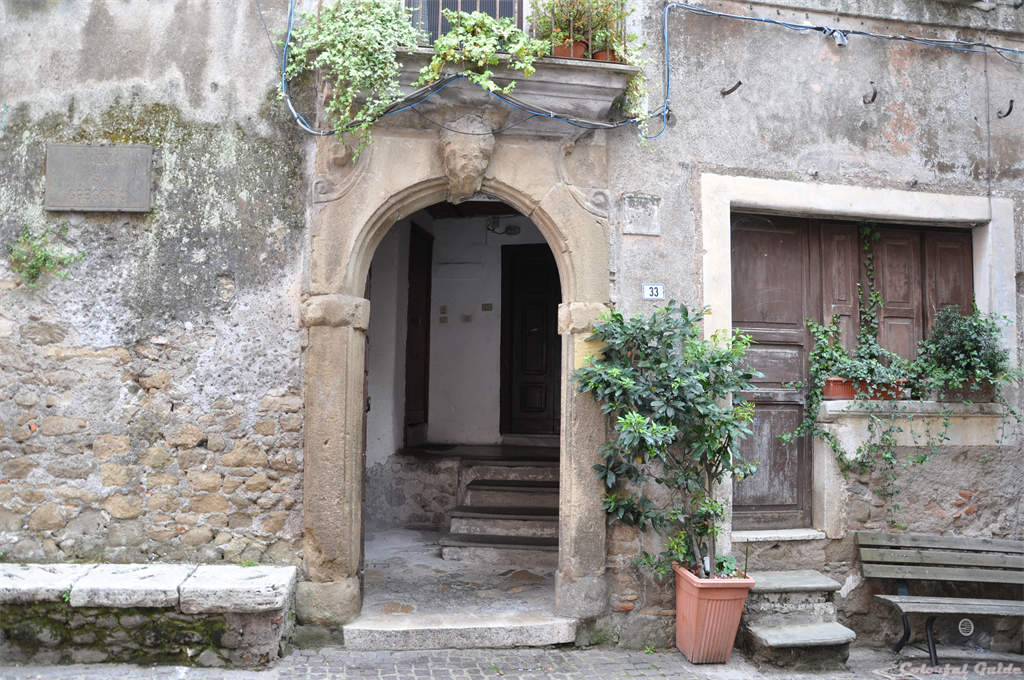
In the 17th century, the German Jesuit Athanasius Kircher ventured into the Roman countryside and got lost in the thick woods while writing an essay on ancient Lazio. When the German historian and philosopher came out of the woods, he found himself facing the magnificent village of San Gregorio, which perched on a spur of tuff. He then thought that the ancient Saxula coincided with the modern San Gregorio. The association between San Gregorio and the legendary Saxula remains alive today, although it is only a rumor.
Casape
Around 4 km away from San Gregorio da Sassola, there is a town called Casape. Casape looks a bit sad from afar but it has its own style and it has only 679 inhabitants. On the way to Poli, we recommend making a stop at Casape to rest.
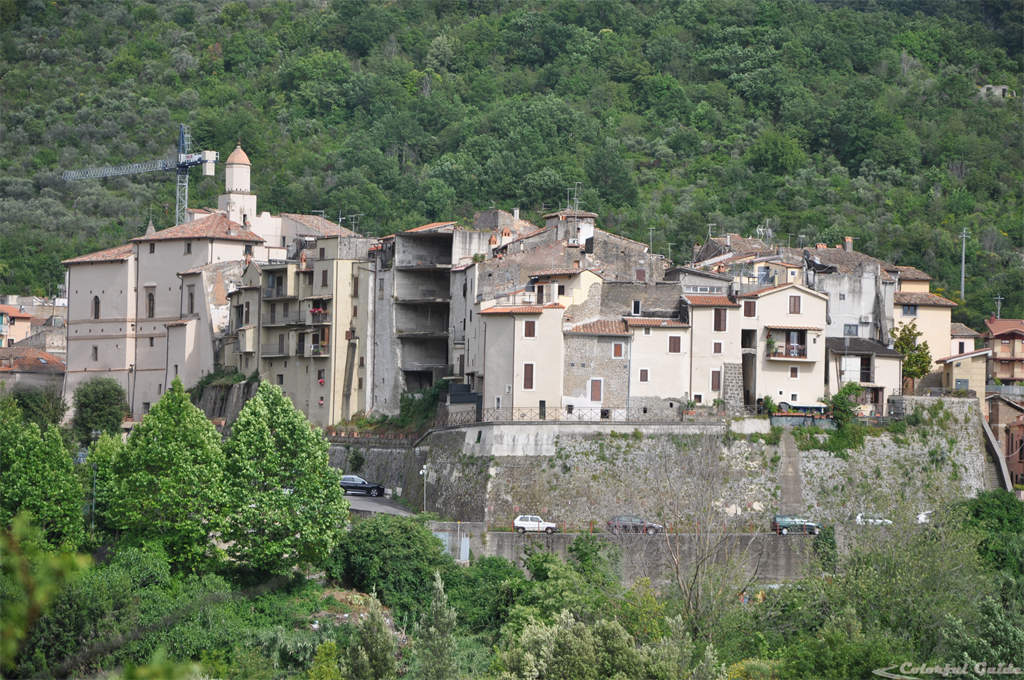
The town of Casape has known numerous owners over the centuries, including the noble Conti family, the most important in the area, as they resided in nearby Poli. After the Counts, Casape passed from hand to other noble families, including the Barberini, the Pio di Savoia, and finally the Brancaccio. In the 19th century, the law prevented nobles from owning fiefdoms, so the territory became state property.
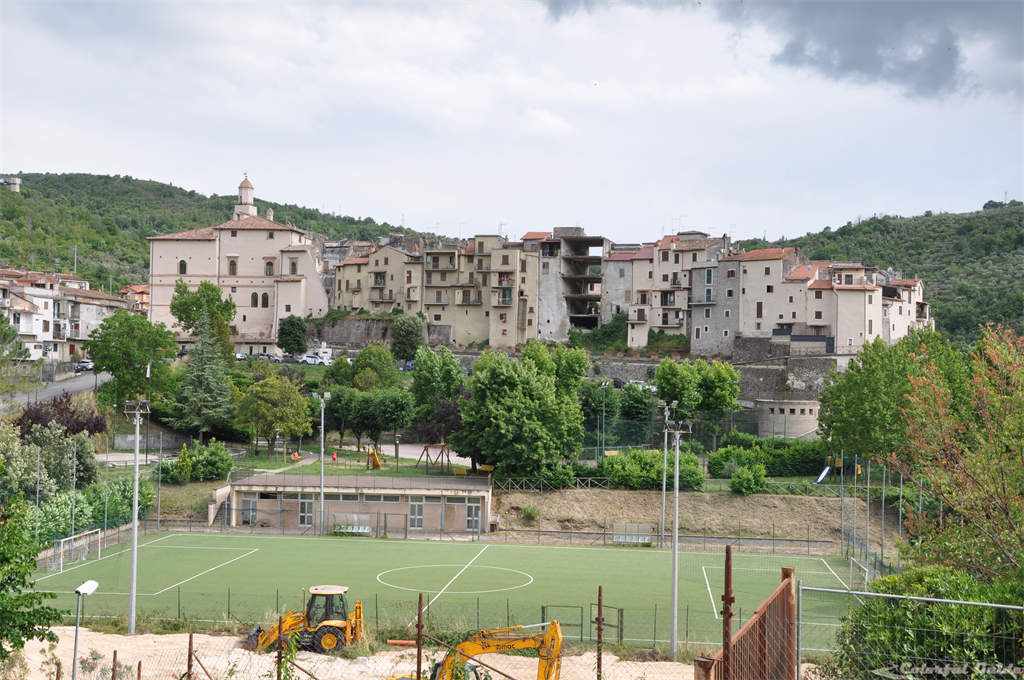
The name Casape certainly derives from the word Casa associated with two possible names: bee (Ape in Italian) or Pio. It can, in fact, be interpreted as the House of the bee, symbol of the Barberini family, or the House of the Pio family.
Poli
The Historical Center
Poli is around 7 km from Casape, and it takes 10 minutes to drive from Casape to Poli. Although Poli is also very small, it is the largest among these three towns. Poli’s population is 2,386. The town has a little cute square and very narrow paths between houses.

The skyline is dominated by the very tall and beautiful bell tower of the church San Pietro Apostolo. Remember to wear a pair of comfortable shoes; otherwise, your feet might suffer on the rugged paths.

The historic center of Poli is distinguished by a herringbone structure, with a long narrow central street, flanked by short streets. The traveler enters the historic center of Poli through a climb that ends in piazza Conti.

Here is the Baronial palace. The lords of Poli began the construction of the palace in the Middle Ages and concluded it in the modern age. It is accessed via a porch. Once through the door, you visit the courtyard which contains grotesque decorations, including a fountain.
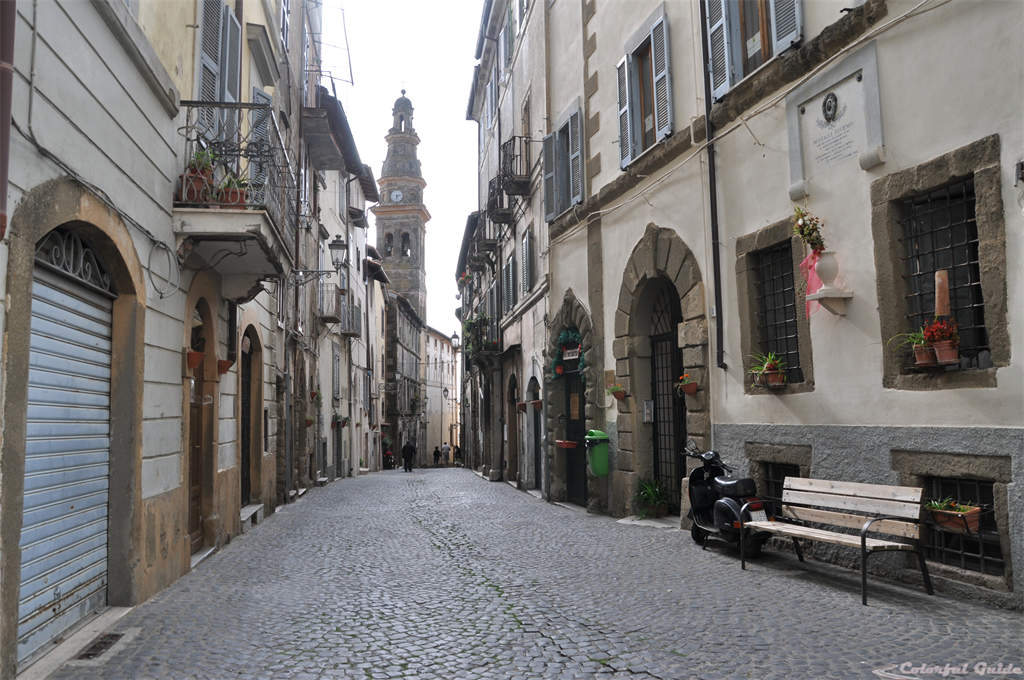
From Piazza Conti, Via Umberto I leads to the opposite end of the historic center. You cross the magnificent bell tower of the church of San Pietro Apostolo and arrive at a small square which contains a large fountain.

The Conti family resided in Poli and governed a large fiefdom for about 6 centuries, producing cardinals, bishops, and as many as four Popes. The family coat of arms was a yellow eagle with black chess, which is still today the symbol of the city of Poli.
The “Fraticelli” Cult
The condemnation of the Fraticelli cult is the most singular event in the history of Poli. During the Middle Ages, the papal authorities often accused the cult of heresy. In the fifteenth century, Pope Paul II decided to definitively annihilate the sect.
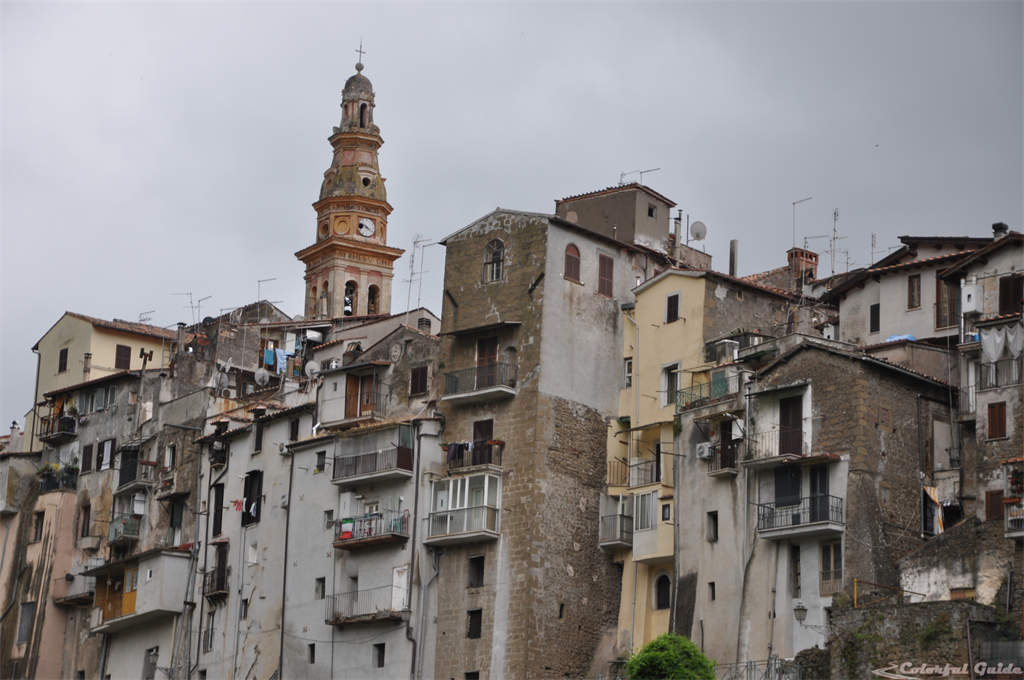
A jury of bishops accused eight men and six women of heresy, and they were forced to convert to the official version of Christianity. The Pope also decided to punish the population and Baron Stefano Conti.

The Pope locked up the baron in the prisons of Castel Sant’Angelo and forced him to abdicate in favor of his sons. Until 1866, the population had to hold an annual procession on the first day of Lent and organize a lunch for twelve poor people of the town.
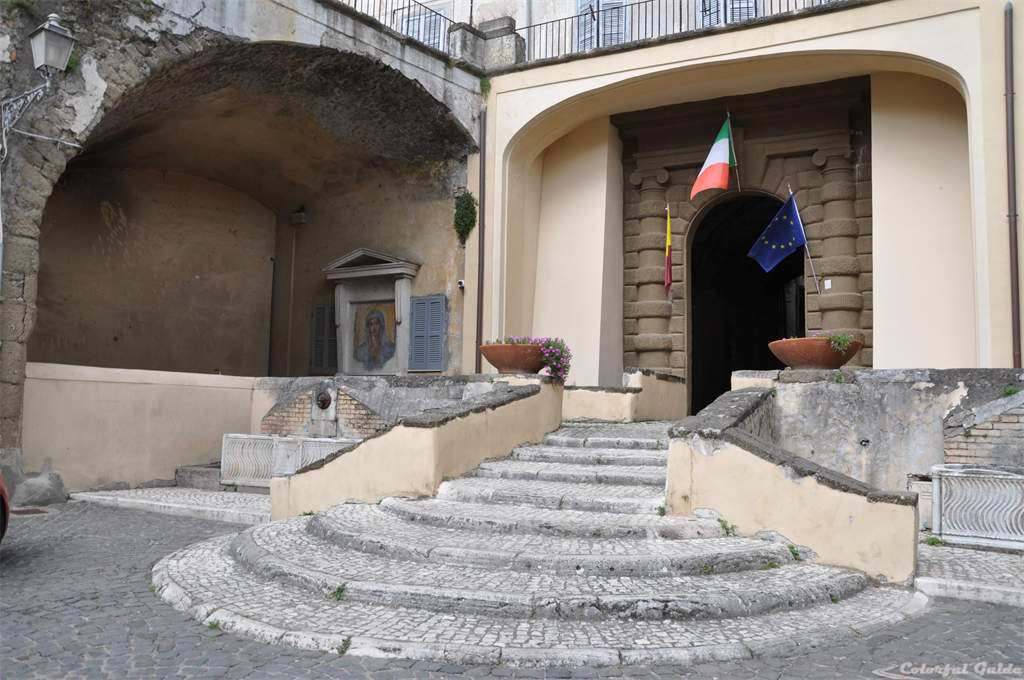
Legends accused the Fraticelli cult of carrying out satanic rites, esoteric sacrifices, and orgiastic festivals. People said that children born during orgies were sacrificed and burned to ashes. The friars would then mix the ash with the wine.

These accusations are reminiscent of fake news often used to delegitimize political opponents. Indeed, there is very little evidence that such cruel behavior ever occurred, similar to the blood libel formulated to delegitimize Jewish citizens.
People Of Poli
Today Poli hosts the famous Villa Luana, a well-known hospital in the area and in Rome. One of the most important Italian women of the twentieth century, Nilde Iotti, died here. In 1943, Nilde Iotti was a very young teacher in Reggio Emilia when fascism fell and the new government allied with the United States while the Germans occupied Italy.

At that moment, the partisan war against the Germans began. Bands of young patriots fought to free Italy from the Nazis. During the partisan war, Nilde Iotti became a leading figure, so much so that she entered parliament with the communist party after the end of the war.
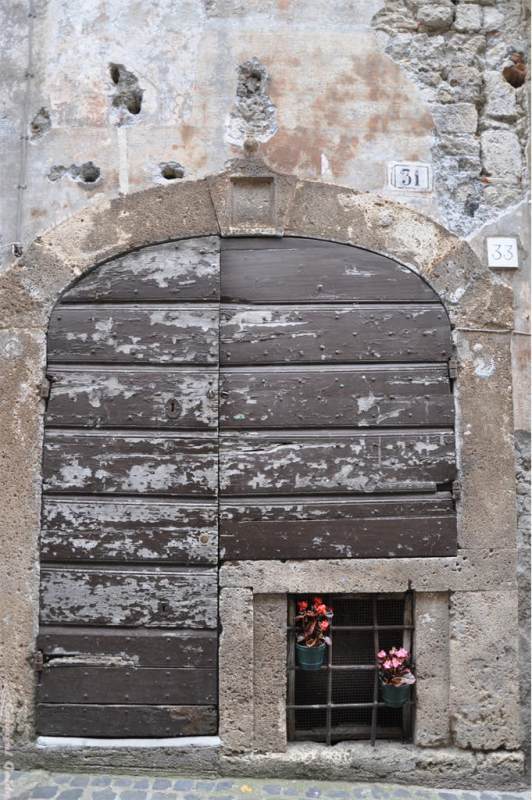
Nilde Iotti sat in Parliament from 1946 to 1999, not even a month before her death. Between 1979 and 1992, Nilde Iotti held the position of President of one of the chambers of the Italian Parliament, the first time for a woman. When she announced her resignation for health reasons, the whole Parliament gave her a long applause.
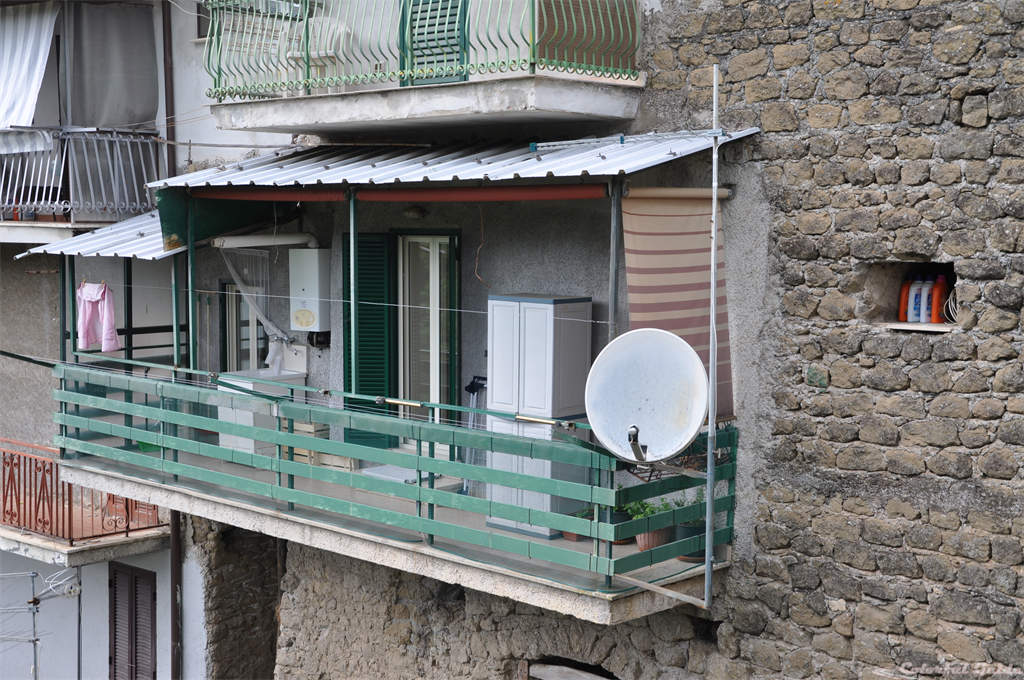
Nilde Iotti was a symbol of the Italian institutions, devoted to the political struggle and respected by all parties. Nilde also had a relationship with Palmiro Togliatti, the leader of the Italian Communist Party, who left his wife when divorce did not yet exist.
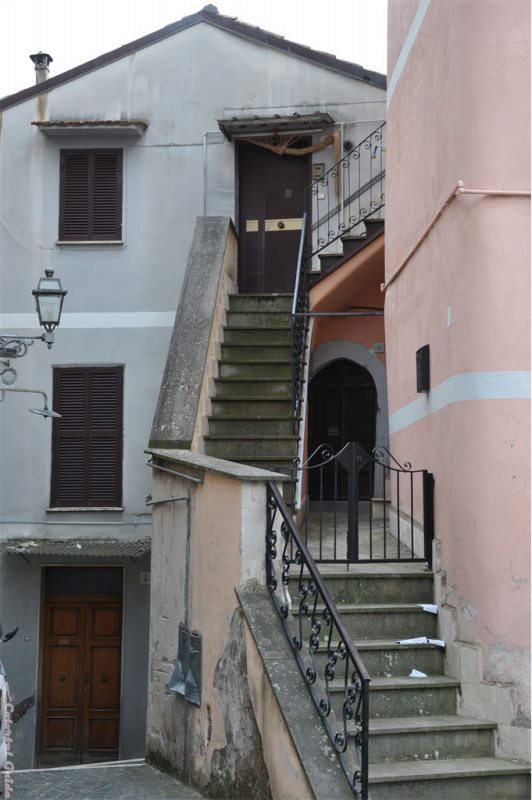
AS Roma‘s young footballer, Nicola Zalewski, started his competitive career at Poli. The excellent midfielder is the son of Polish immigrants and has both Italian and Polish nationality. Given the recent results of the Italian national team, the footballer has rightly chosen to represent the Polish national team, with which he played in the 2022 World Cup.
Written by Enrico, Translated by Hua and Photos from Hua

